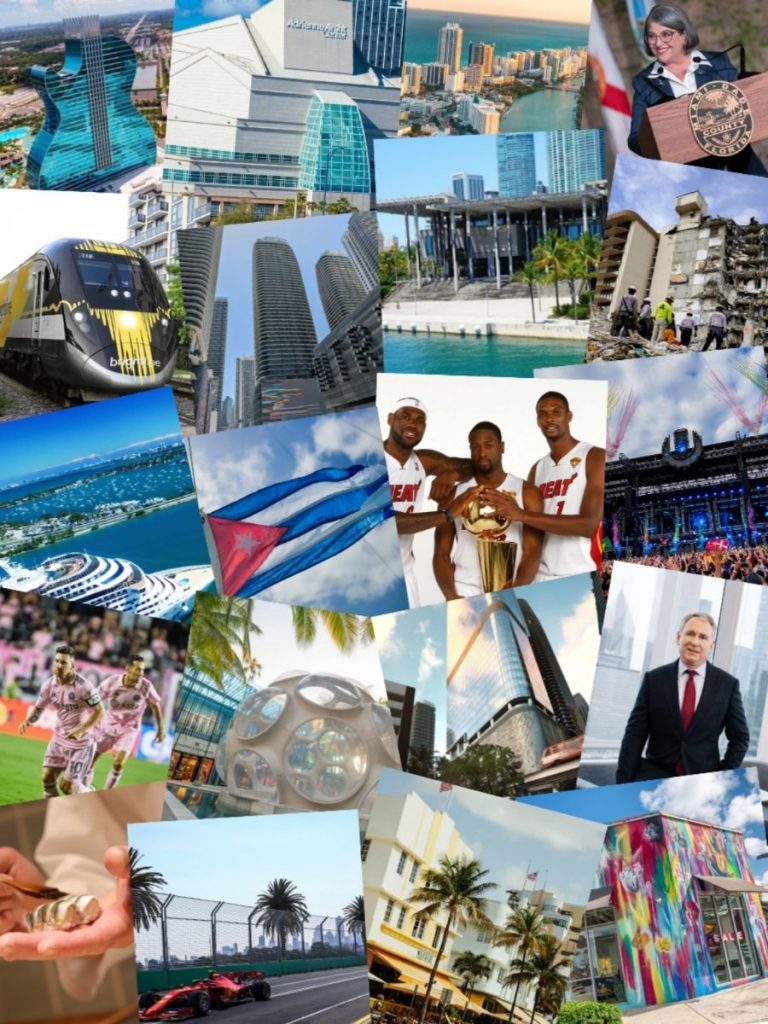
When Schwartz Media Strategies launched in 2005, Miami was on an upward trajectory — poised to realize its potential as an international gateway city, but no one could have predicted the transformation that would unfold over the next 20 years.
From the development of sky-high towers and championship sports dynasties, to the rise of cultural landmarks and launch of new transit systems, Miami has evolved more so than any other U.S. city in the past two decades.
To mark our 20th anniversary, our team is highlighting 20 moments that have defined Miami since we launched our firm, including many events and developments that will shape our city for years to come.
Port Miami’s Glow Up: An infusion of public and private investment has solidified Miami as the world’s largest cruise port – and one of its busiest cargo ports. Cruise lines have developed state of the art terminals, and a consortium of public and private entities built a $3 billion truck tunnel that has fueled the port’s strength as a cargo hub. More than 8 million passengers went through PortMiami in 2024, including those setting sail on the world’s largest ship: ICON of the Seas.
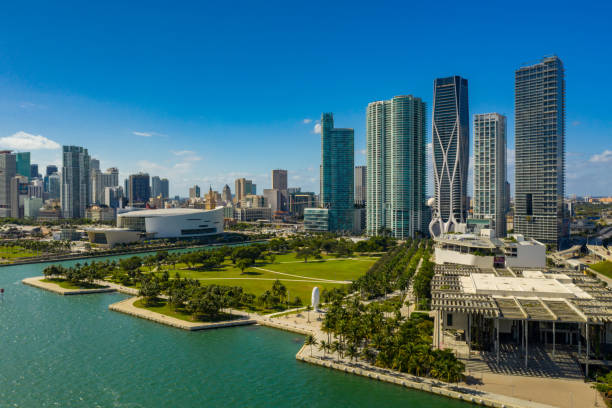
Museum Park Opens: The publicly-funded Museum Park (now Maurice Ferre Park) cemented Downtown Miami as South Florida’s cultural centerpiece, and sent a message to the world that Miami was taking the arts seriously. Opened in 2008 with a master plan that introduced the Pérez Art Museum Miami and the Frost Museum of Science, the 20-acre park is supporting Miami’s $2.1 billion arts sector and reinforcing the city’s position as a cultural powerhouse.
The Arrival of Major Sporting Events: Over the last two decades, global events like the Formula 1 Miami Grand Prix, the upcoming FIFA World Cup, and the growth of the Miami Open tennis tournament have defined Miami as an international destination for sports and entertainment. These marquee events draw spectators from around the world, elevating the city’s profile and fueling its tourism economy. Once known primarily for beaches and nightlife, Miami now ranks among the world’s great host cities, where sports, entertainment, and culture converge.
The Birth of a New Era in Miami Real Estate: Jolted by stalled construction projects and half-occupied buildings during the Great Financial Crisis, Miami’s residential condo market rebounded when the first new-construction project broke ground in 2012. That launch introduced the now-standard 50% cash-deposit model, requiring buyers to fund half the purchase price of a condo up-front. This infusion of buyer equity restored confidence in developers and lenders on the heels of the crash, laying the foundation for a development cycle that’s still underway.
Miami’s Big 3: In 2010, Lebron James, Dwayne Wade, and Chris Bosh transformed the Miami Heat into a global phenomenon. While LeBron initially pledged to take his talents to “South Beach,” Miami let the world know that the Heat play in the heart of Downtown. The “Big 3” era brought four consecutive NBA Finals appearances and two championships, solidifying Miami as a top-tier basketball city. Beyond basketball, the Heat’s dominance elevated the city’s prestige, sparking a wave of national attention that’s still appealing to athletes and celebrities.
Miami Music Week: Miami Music Week grew out of the city’s long-standing love for electronic music, with Ultra Music Festival serving as a catalyst. Since the early 2010s, the weeklong celebration has brought top DJs and fans from around the world, turning Miami into a global hub for dance music and nightlife. Beyond the festival stage, Miami Music Week has fueled tourism, boosted local businesses, and strengthened the city’s cultural identity, transforming neighborhoods like Wynwood and South Beach into international entertainment destinations.
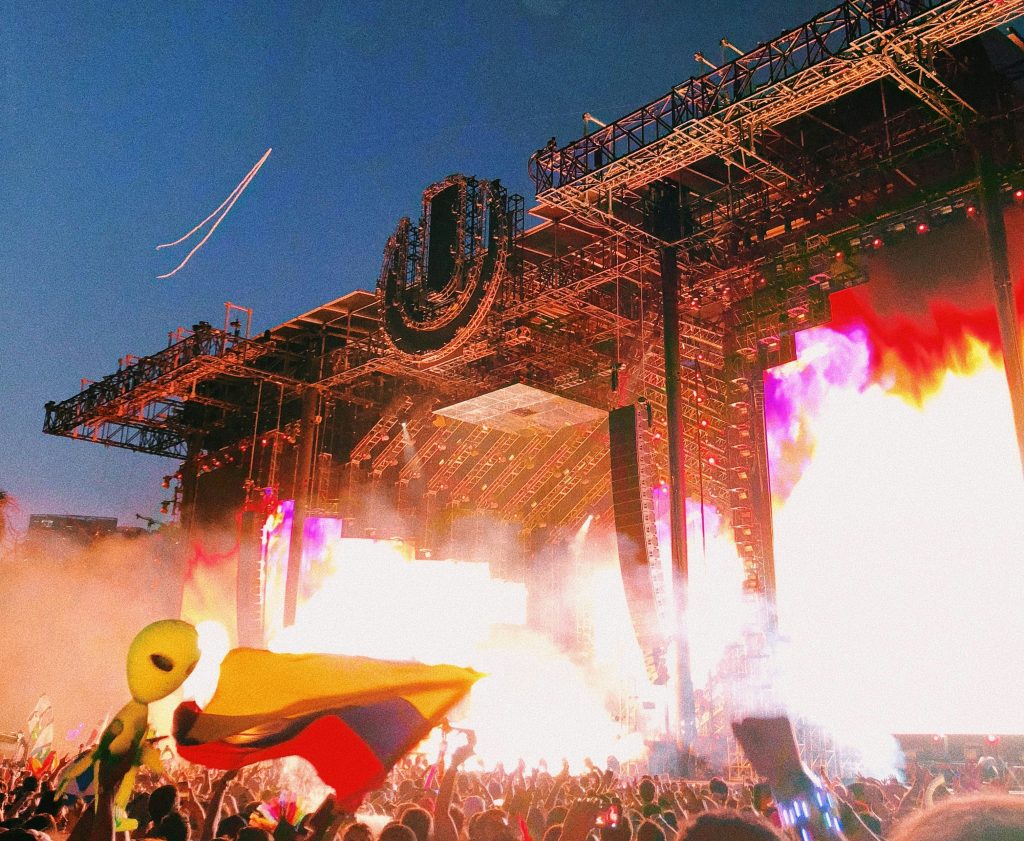
Fidel Castro Dies, But Miami’s Cuban Spirit Thrives: The death of brutal dictator Fidel Castro in 2016 was a long-awaited moment for Miami’s Cuban-American community. For many, it symbolized the end of decades of fear, oppression, and suffering inflicted on their homeland. Nearly ten years later, Cuba remains under a communist regime, but the Cuban spirit in Miami is alive and thriving, fueled by unwavering pride and the unshakable hope for a free and just Cuba.
Brickell City Centre: When the $1 billion Brickell City Centre complex opened in 2016, it transformed the Brickell Financial District into a true live-work-play destination. The project spurred new investment, drawing global brands and fueling new investment. In 2025, Swire sold its remaining stake to Simon Property Group for nearly $550 million, underscoring the project’s financial impact and Miami’s appeal as a magnet for global capital.
Hard Rock Stadium’s Revamp: The privately-financed renovation of Hard Rock Stadium in 2017 introduced a canopy rooftop, premium amenities, and a fan-focused design. Aside from putting the venue in position to host global events like Super Bowl LIV, the Miami Open tennis tournament, the College Football National Championship, and the 2026 World Cup, the modernization ensured that sports and entertainment would remain a longtime fixture of South Florida’s economy.

Inter Miami’s Rise, Messi’s Arrival: When David Beckham and Miami were awarded a Major League Soccer franchise in 2018 (shoutout to SMS for organizing the launch event at the Adrienne Arsht Center), the news marked a turning point for the city, transforming Miami into a global soccer destination. The arrival of Lionel Messi in 2023 only amplified that excitement, attracting record crowds and boosting Miami’s futbol community.
Brightline’s Launch: The arrival of high speed rail service in South Florida has reshaped urban corridors and spurred development around its stations. When it launched in 2018, Brightline marked the first privately-funded train system to launch in the U.S. in more than a century. Linking Miami, Fort Lauderdale, and West Palm Beach with modern rail, Brightline offers a reliable alternative to congested highways and has put Florida on the national map as a leader in innovative transit solutions.
Miami-Dade’s First Female Mayor: Daniella Levine Cava made history in 2020 as Miami-Dade’s first female mayor after 40 years of public service. She has prioritized resilience, social equity, housing, transit, and gun violence reforms while overseeing a $12 billion budget and 30,000 employees. Reelected in 2024 by a wide margin, the County now faces fiscal challenges while the Mayor works to champion community services and sustainable development in one of the nation’s largest counties.
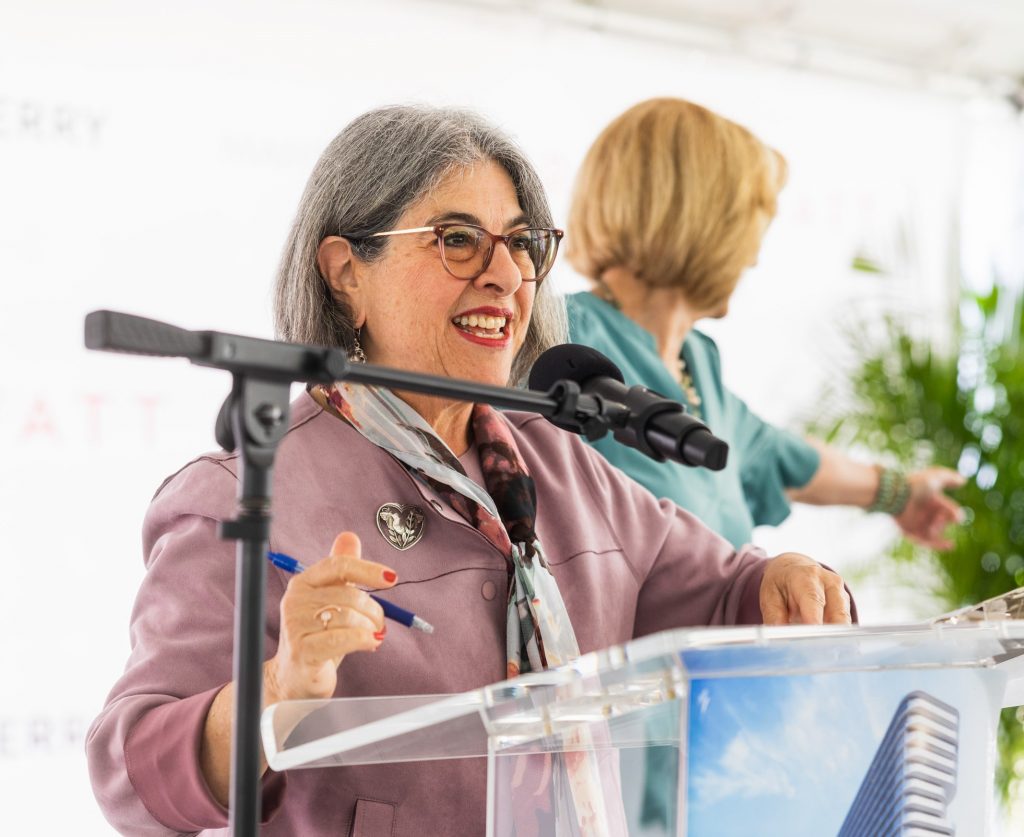
Champlain Towers South Collapse: The 2021 tragedy in Surfside claimed 98 lives, forever changing Miami by exposing vulnerabilities in its aging condominiums. In its aftermath, Miami-Dade and Florida enacted stricter inspection and reserve requirements, forcing associations to address long-deferred maintenance concerns. While owners now face higher costs and difficult financial decisions, safety has been thrust to the forefront. Surfside’s lasting legacy is the memory of 98 victims who tragically lost their lives, and a more vigilant real estate market that prioritizes accountability and resilience.
Wall Street of the South: Miami’s rise as a global finance hub gained steam in 2022 when Ken Griffin’s Citadel announced its headquarters move from Chicago, signaling the city’s growing appeal among banks, investment firms, and hedge funds. Over the past decade, firms like Blackstone, Goldman Sachs, and Apollo have expanded here, attracted by low taxes, a diverse talent pool, and global access. Today, Miami is widely considered “Wall Street of the South” by financial titans and the global media alike.
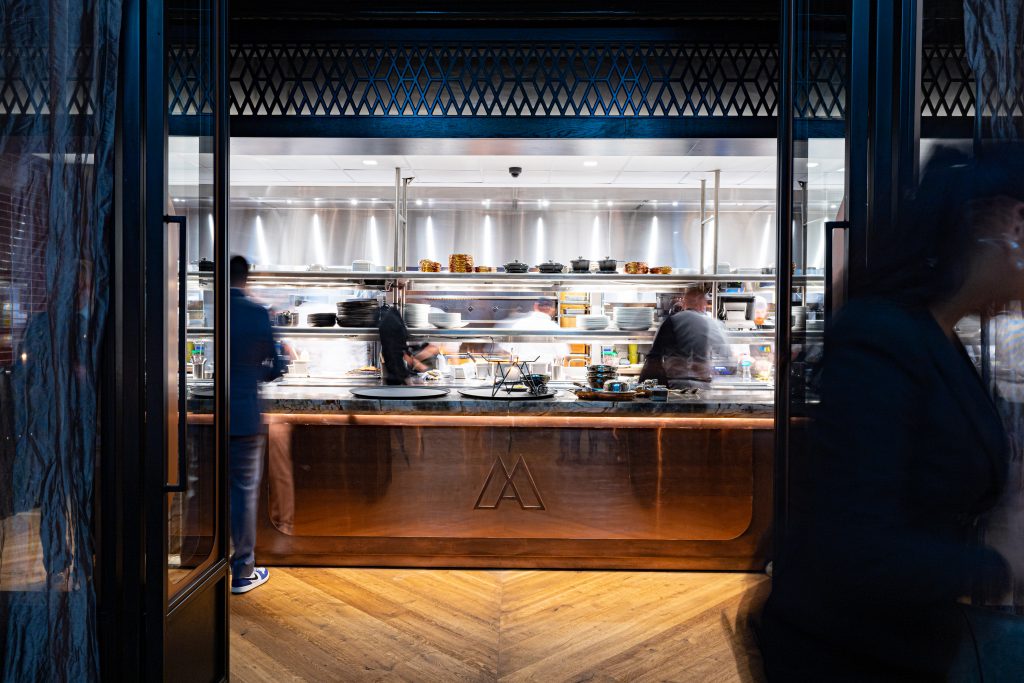
The Michelin Guide Arrives: For decades, Miami’s dining scene lacked international validation. That changed in 2022, when the Michelin Guide debuted in the city for the very first time, awarding stars to local chefs and placing dozens of restaurants on its coveted list. The recognition signaled Miami’s evolution as a culinary destination, elevating its profile beyond nightlife and beaches, and drawing food lovers from around the world.
Emergence of Urban Neighborhoods: Miami’s growth is reflected in its walkable neighborhoods as much as its skyline. CocoWalk put Coconut Grove on the map as a retail and nightlife hub; Miami Worldcenter has transformed a sea of surface parking lots into a vibrant district; Mary Brickell Village and Brickell City Centre have transformed the city’s financial district; and the Design District has positioned Miami as a global capital of luxury, art, and culture. Over the span of 20 years, these urban centers have matured and grown, creating a fabric of ‘villages’ that are becoming destinations in their own right.
Development and Lease Up of 830 Brickell Office Tower: In October 2024, Miami welcomed 830 Brickell, the city’s first standalone Class A+ office tower built in over a decade. Developed by OKO Group and Cain International, the 57-story tower has drawn best-in-class tenants including Microsoft, Citadel, Kirkland & Ellis, Thoma Bravo, Sidney, and Santander. More than 90% of the building’s tenants are wholly new to Miami, cementing the tower’s status as a landing spot for global firms looking to establish their presence in South Florida and the U.S.
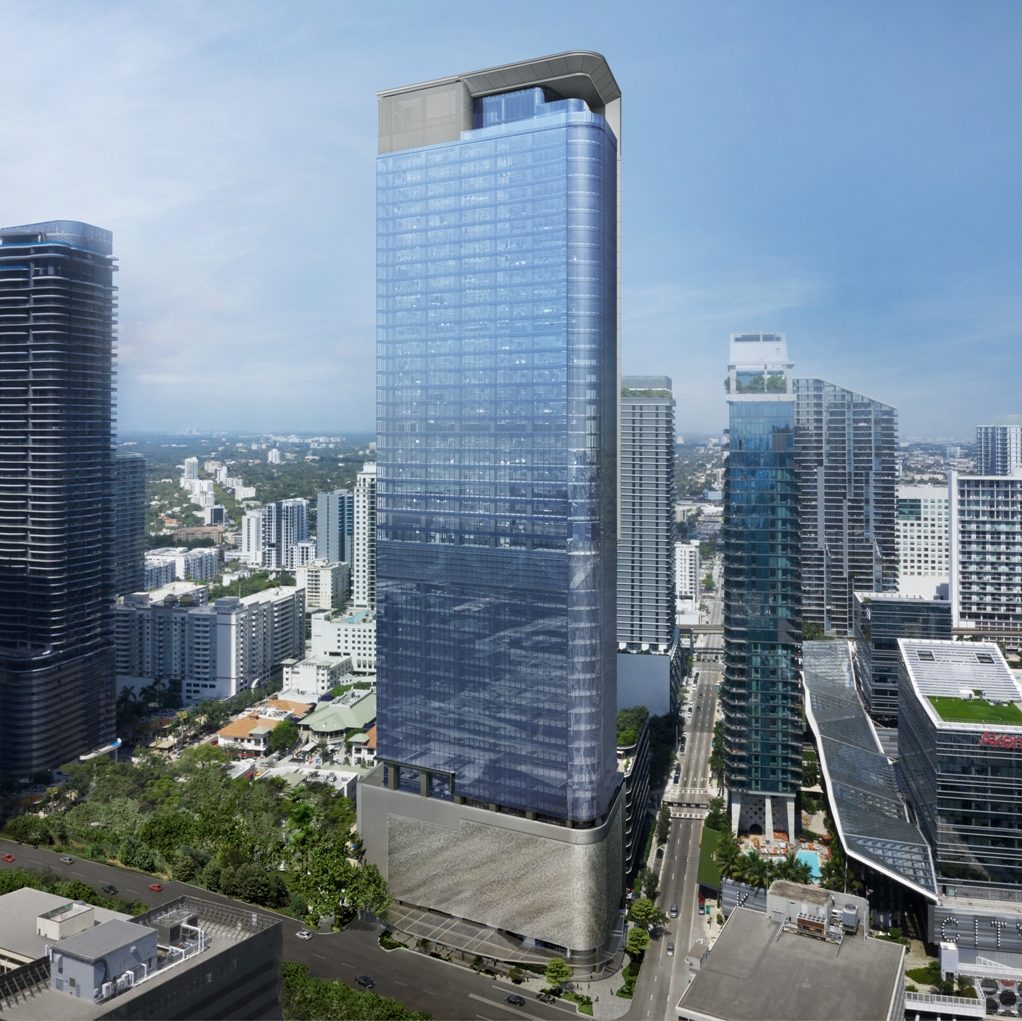
The Rise of Wynwood as a Must-Visit Destination: Once an industrial district, Miami’s Wynwood neighborhood has transformed into a vibrant cultural destination that’s home to the nation’s most expansive collection of outdoor street art. The brainchild of development legend Tony Goldman, Wynwood is now a picture-perfect backdrop for international influencers, home to galleries, boutiques, restaurants, and nightlife venues that attract locals and visitors alike.
The “Manhattinization” of Miami: Once a low-rise coastal city, Miami is quickly climbing skyward as it becomes the third-largest skyline in the United States, behind New York and Chicago. A new wave of supertall towers, some planned to soar past 1,000 feet, is transforming the city’s silhouette. At the heart of this evolution is Miami Riverbridge, a three-tower development featuring a 1,044-foot centerpiece that will redefine the downtown riverfront. Together, these projects reflect a city in motion, evolving from a seaside retreat into a global urban powerhouse.







 See More Blogs
See More Blogs
Comments